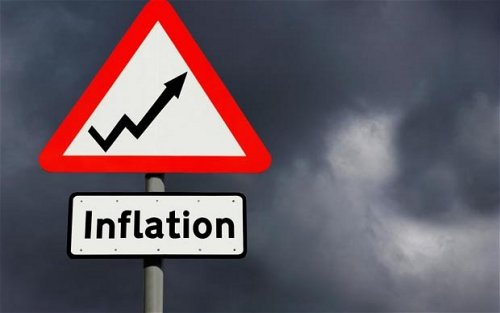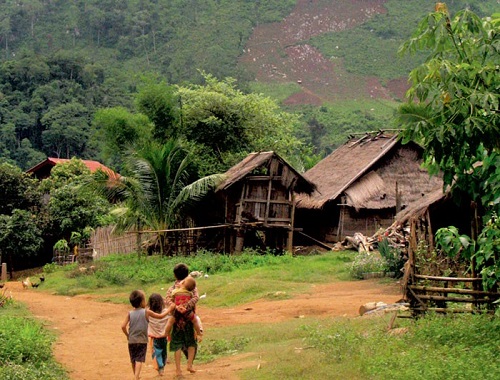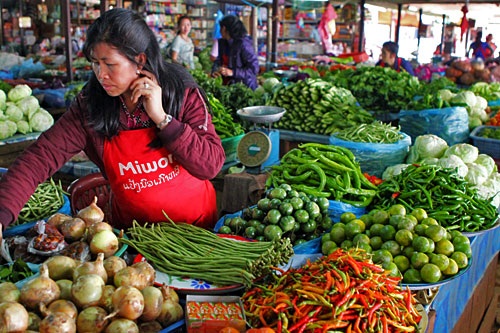Laos Grapples With Rising Inflation
Source: Vientiane Times
The consumer price index has continued to surge despite measures imposed by the government to manage the prices of goods in local markets.
The price rise has mainly been driven by internal and external factors, especially rising food prices and the fluctuating exchange rate amid the Covid-19 pandemic.
According to the Lao Statistics Bureau, the consumer price index (CPI) stood at 115.81 points in April, indicating an inflation rate of 3.23 percent year-on-year.
Year-on-year inflation increased to 3.55 percent in May, following a second wave of Covid 19 infections that erupted in mid-April.
Laos has extended its lockdown measures to prevent Covid-19 for more than two months, interrupting economic activities and forcing many businesses to shut down operations.
One of the main economic challenges for Laos is that the country imports more than it exports, affecting the country’s foreign currency reserves.
In May alone, the value of trade between Laos and foreign countries was US$904 million, with the country’s trade deficit at US$54 million.
Therefore, the weakening value of the kip against the Thai baht and the US dollar is among the main drivers of inflation in Laos.
The government is struggling to control the price of goods at local markets despite taking recourse to a number of policies and measures to boost domestic productivity to meet market needs.
In May, the cost of food and non-alcoholic beverages surged by 3.05 percent year-on-year.
For instance, the price of meat and fish rose by 7.95 percent year-on-year, while the cost of fresh vegetables and fruits increased by 6.89 percent year-on-year. However, the price of rice decreased by 6.4 percent year-on-year.
At the same time, costs in the communications and transport category have been another key factor driving inflation in Laos. In May, prices in this category surged by 5.68 percent year-on-year as the price of fuel increased by as much as 36.7 percent and the rates for spare part too tended to increase.
Prices in the post and telecommunications category too rose by 9.3 percent year-on-year.
In 2020, inflation in Laos averaged at around 5.07 percent, up from the 3.32 percent recorded in 2019.
The government has encouraged local farmers to boost productivity in order to minimise imports from neighbouring countries.
However, domestic production is still not as strong as anticipated, and it is still unable to meet market demands.
At the moment, Lao people face the challenge of imbalance between their incomes and expenditure.
The community outbreak of Covid-19, which began in mid-April, has resulted in factories being shut down and rising unemployment, impacting the livelihood of the local people.
Rising inflation is another factor that has hit the living conditions of local people who are struggling to earn a living.





